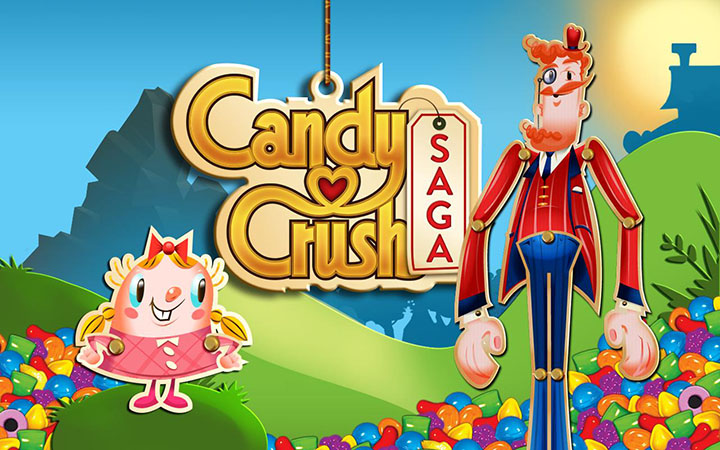Candy Crash Saga monetization
17 Jul 2014
There's not too much to be added about Candy Crash Saga at this point. However, a few days ago I discovered a whale among my friends who reached the last available level in the game (and it’s something about 400, for a second). And as whales make hundreds of transactions each, that’s a lot of data to analyze. A single whale could show you how the entire game monetizes. The whole money-sink distribution could be built upon one user. Isn’t that cool? So, keeping in mind the limited accuracy, let’s take a look.
But first, just to remind you, a few words on how CCS monetizes. There are a few major sinks, all connected to what I call behavior trigger #5, slow progression. Basically, with its wavelike difficulty pattern for levels, CCS puts the player in a position where they need to play a level hundreds of times or pay to win (and still pay tens of times on higher levels). There are a few ways a player can pay their way to win a level:
- Additional moves, prompted to buy when a player fails the level.
- Major buffs that can be purchased before the level starts. These can also be won in the daily lottery and dropped on level.
- Minor buffs that can be purchased right in the middle of the level. They are also provided when a player buys additional moves for the 2nd or more time in a row.
- Additional lives that basically serve as energy.
So, this is how an actual distribution of the purchases looks for a single specific whale:
- 70% – additional moves
- 20% – on-level buffs (most useful is the one that breaks a single candy)
- 10% – additional lives
First, that totally makes sense for me, as the sinks are sorted by the amount of time invested while playing a level. The closer you are to winning, the more you are ready to pay. Second, the least sophisticated items are the most popular ones. Developers often go another way, giving the simplest ones for free/cheaper and providing complicated ones as paid/expensive. I’ve made this mistake a few times too. The best way is to focus on selling the simplest things and to use complex items for variability, enriching the game experience.
